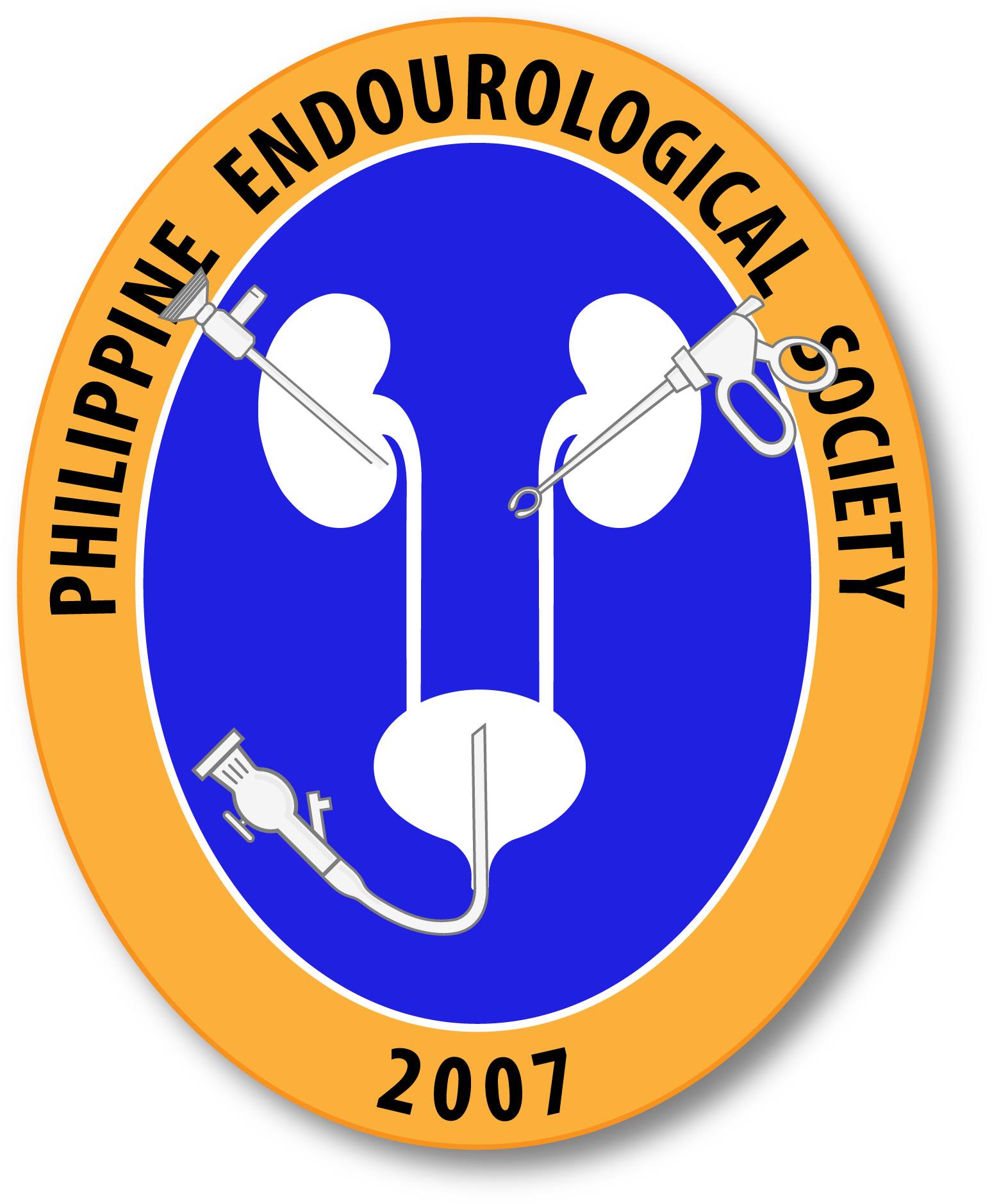Kendra Harris: So, the dose arrived this morning, delivered by courier in a large box. The Lutetium arrives in a vial which is then put into what we call a “pig,” which is an additional mechanism to shield it. Those are empty. The one that is full is behind the shielding. My physicists have already done the quality assurance to take a look at the calibration and total dose. So I come in, and in order to draw the medicine up into the syringe that we are going to use, so I use a nuclear med long needle, a short vent needle, and then I will put a vent to filter the air that’s going out of the vent needle, and finally, we utilize a 20 CC syringe because it has typically been about 12 milliliters of clear fluid. So, the 10 CC just does not give you quite enough.
All right. I attached the long needle to the 20 CC syringe, the vent top to the short needle, and then I open up the pig. Just to show you what it looks like when it arrives, let’s see if I can get it out of here. This is a clear fluid. I put the vent needle in and then I will be drawing up the medicine into the 20 CC syringe.
The idea obviously is to get every last drop because we have never received a dose that had too much radioactivity. When I feel like I’ve gotten it out, I’ll detach the syringe, I also then try to minimize the amount of air in the syringe. Because from an injection standpoint, you want to make sure to get all the fluid in, put a cap on it, and put it directly into our calibrator and we can take a look at what I’ve pulled up. So I’ve pulled up 188.2 millicuries, the prescription dose is 200. We like to be within 10%, so this is ready to go. Then I would take the syringe and I need to place it in the shield. This is a beta shield.
Let’s do it. And then I place the medicine in the shield into our little lead igloo, and now that is ready to be taken to the patient.
Tony: We have our planned dose in millicurie, which we are going to administer. We have the date of the administration. We have the date and time of the discharge, which we will fill in when the patient is discharged. We have our pre-injection syringe activity and the time of the measurement. If the injection time is more than two hours post our measurement time, then we will do a decay calculation. We have our administration start and finish time, the volume that was administered, the method: via IV, and then after the administration, we will measure the residual activity that is in the syringe, subtract that from our initial measurement to determine the actual activity that was administered to the patient.
Kendra Harris: So, we are headed over to our CT scanner room, which has more shielding.
Mr. Monroe: Hello
Tony: My name’s Tony, I’m one of the physicists that will be helping out today.
Mr. Monroe: Thank you, Tony.
Tony: Sign there, please. 8/5. Thank you.
Mr. Monroe: Thank you.
